
OR

It’s the nation of legendary three-legged dragons, also “the happiest country” in Asia, they say. Bhutan, for many of us, is indeed still shrouded in mystery. It’s not only iconic images of places like the Tiger’s Nest or their unique culture (like why the obsession with phallic symbols?), but they have also managed to maintain the aura of being the last true Shangri-La of our time.
So far, the Bhutanese government had been reserved about allowing visitors but with time, independent travel to the region is slowly opening up. In case you are interested too, here is how you can get a ticket to Bhutan and make the most of it.
The required papers
Other than passport holders from India, Bangladesh and the Maldives, everyone else traveling to Bhutan is required to obtain a visa in advance. While passport holders from these three countries can obtain visas for free, the rest of us need to pay around $40. Visa for Nepalis is usually granted for 14 days, shares Amazing Authentic Treks and Expedition.
The visas must be applied and paid for in advance, from registered tour operators (not embassies), at the same time as booking the rest of your trip. It’s advised that you make the arrangements at least 90 days prior to your travel date to allow time for all the formalities to be completed.
But that’s not it. All tourists must travel on a preplanned, prepaid, guided package tour or custom designed travel program. Thus, there are minimum tariffs. Unlike many other countries, the Bhutanese government’s tourism ministry has set minimum daily tariffs.
On the plus side, these tariffs include good resorts, private vehicles, English speaking private guides and meals. Further, the rates are the same for both cultural tours as well as treks and there are discounts available in certain cases: For example, if you are a full time student under 25 or have a child, so on and so forth.
Still, these said “minimum tariffs” can prove to be rather high for Nepali budget travelers. The tariffs differ according to “high” and “low” season. During March to April and September to November tourists visiting in a group of three people have to pay $250 per person per night, whereas, the during the low seasons like the months of January, February, June etc the tariff is around $200 per person per night. Due to this kind of technicalities, Amazing Authentic Treks and Expedition team share it’s best to book package holidays via tour operators like them.
On a side note: If you can obtain invitations from Bhutanese friends or organizations, this process becomes a little simpler.
Getting there
The national carrier of Bhutan, Druk Air, operates in Kathmandu so it is easy to book a ticket. However, do note that the flight is not daily and the operation days do notoriously change so you might want to factor that in and plan you trip accordingly.
Things to do in Bhutan
Nestled in the eastern Himalayas, Bhutan is literally a land lost in time. People usually wear their traditional attire. They have wonderfully preserved their traditional architecture, meaning rather than high rises and concrete buildings you will be treated to styles of Dzong and Gonpa housing, monasteries and even government and private offices. In case you didn’t know, the capital of Bhutan—Thimphu—is the only capital in the world without any traffic lights as well. A chance to experience all this more than makes up for the arduous paperwork.
And we haven’t even touched on the rich culture, unspoiled scenery, fresh mountain air and wildlife yet. There are many iconic tourists destinations that you need to cross off your bucket list.
Places
Taktsang Monastery, more popularly known as Tiger’s Nest, in Paro is one of the holiest places in Bhutan. What makes its visit that much more memorable is the fact that the monastery is perched on a rocky ledge, a high granite cliff with a drop of nearly 800m. Once you get over the awesome location, you may even want to sit down to meditate.
You may even enjoy counting up the 108 Bhutanese Stupas at Dochula Pass. A bit of a drive away from Thimphu, you will encounter these incredible stupas set up as a reminder of the victory of Bhutanese army during a war in Southern Bhutan. The sight is inspiring to say the least.
Activities
Bhutan tourism also offers plenty of adventure sports for those who are adrenaline junkies. Hikes, treks, rock-climbing, cycling, kayaking, rafting, fishing, you name it – the options are a plenty. Many adventure enthusiasts also enjoy riding up the Chele La Pass. At 3988 meters high, this pass is one of the highest motor-able passes. With prayer flags fluttering on either side, this pass has a very spiritual and beautiful feel. It also makes for a great opportunity to explore Bhutan’s nature.
Similarly, another major attraction happens to be a one of a kind Bhutan Tour with Archery programs. Signing up to these will give you a chance to admire Bhutan’s rich culture with sightseeing tours whilst honing your skills in archery (which is their national sport).
Other handy information
• The local currency is the Ngultrum, which is pegged to the Indian Rupee. Their official language is Dzongkha but many speak English as well. In some parts people tend to know Nepali as well.
• As the tour packages are prepaid, you will only need money for your own personal expenses i.e. souvenirs, tips (for driver & guide), drinks etc.
• Bhutan is the only country in the world that has banned the consumption and sale of tobacco, resulting in smoking being largely forbidden in public places.
• The roads tend to be windy so if you are prone to motion sickness, bring medication to prevent nausea.
• When taking photos or filming inside Dzongs, monasteries, temples, or any religious institutions, check beforehand with your guide to find out whether it is permitted or not as some areas do not allow it.
You May Like This

Making it big on the EDM scene
20-year-old Arpana Tamang who has been a DJ for just four years now is perhaps one of the biggest names... Read More...
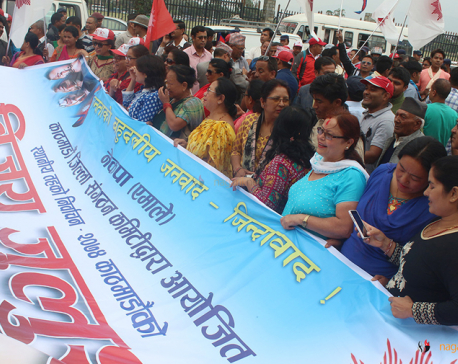
Making it work
Apart from being a step toward implementing constitution, local elections mark the first step to institutionalizing federalism. ... Read More...
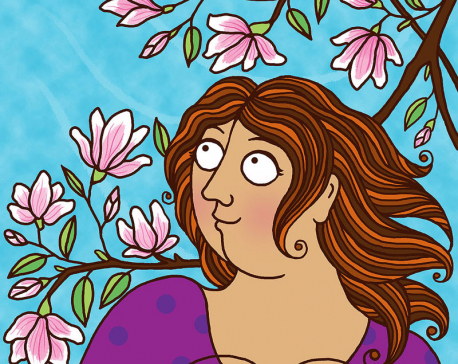
Drawing it as it is
I came up with the name Miss Moti because a friend used to call me Moti. I wanted to change... Read More...



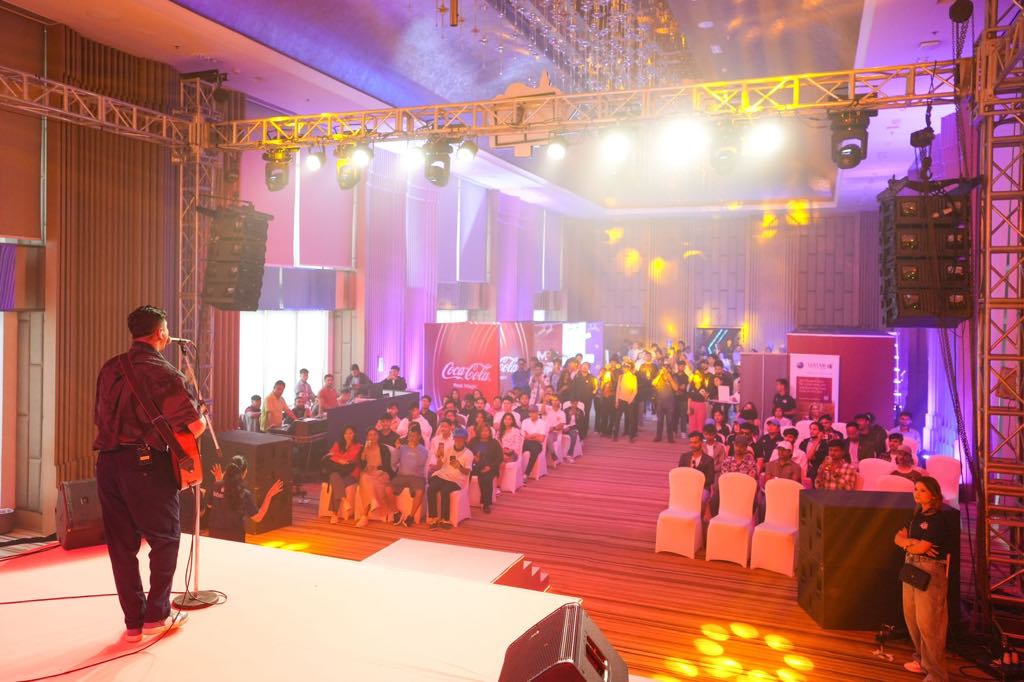
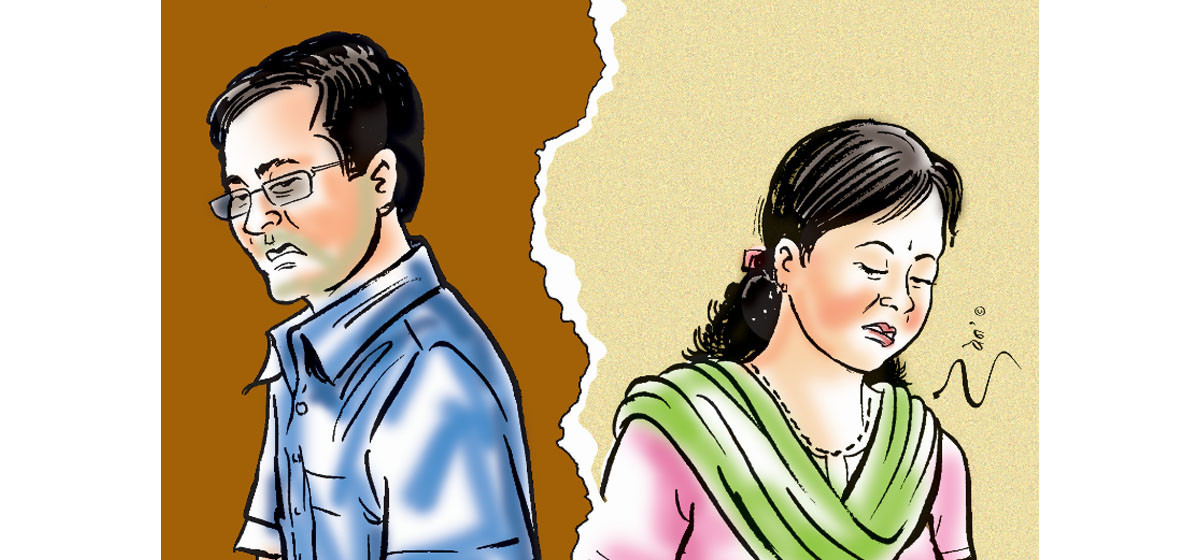
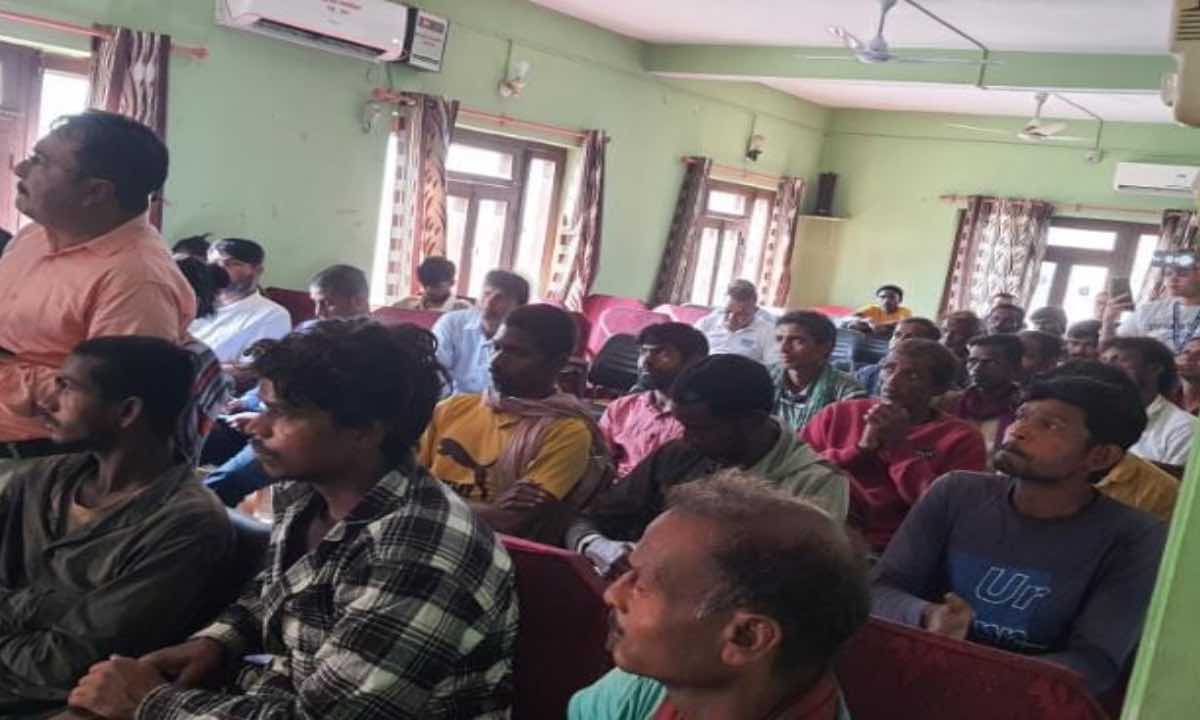

Just In
- Kathmandu records highest number of divorce cases with 13 couples filing for divorce daily
- Rapid response team mobilized in Dhangadhi against cholera outbreak
- 28 workers held hostage in India rescued
- Simaltal bus accident: 40 kg magnet deployed in search for missing bus
- Youth of eight districts lead in foreign employment
- Nepal at high risk of Chandipura virus
- Japanese envoy calls on Minister Bhattarai, discusses further enhancing exchange through education between Japan and Nepal
- Heavy rainfall likely in Bagmati and Sudurpaschim provinces





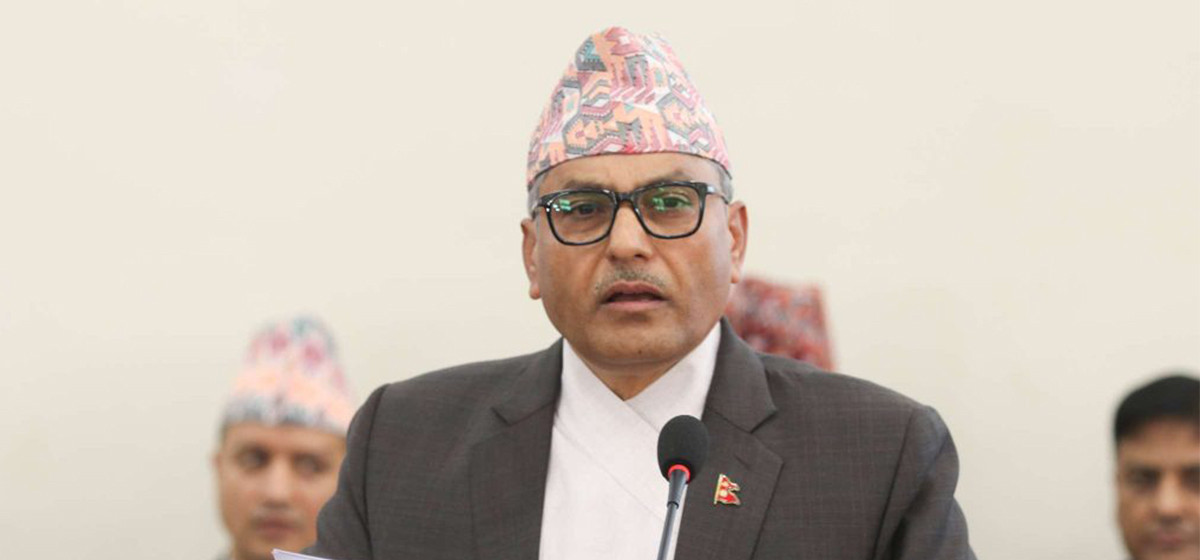


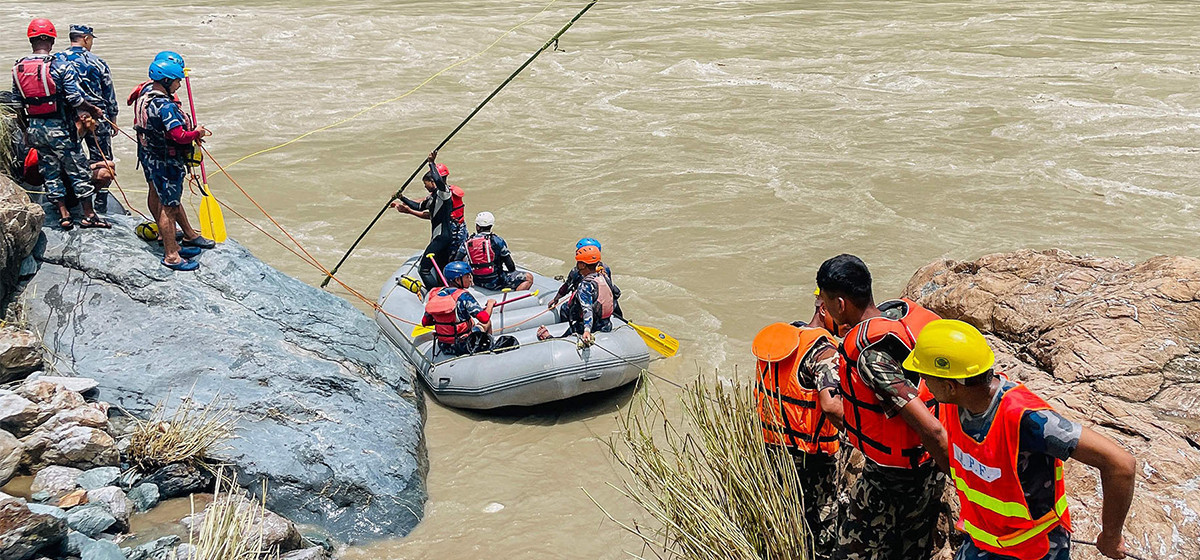
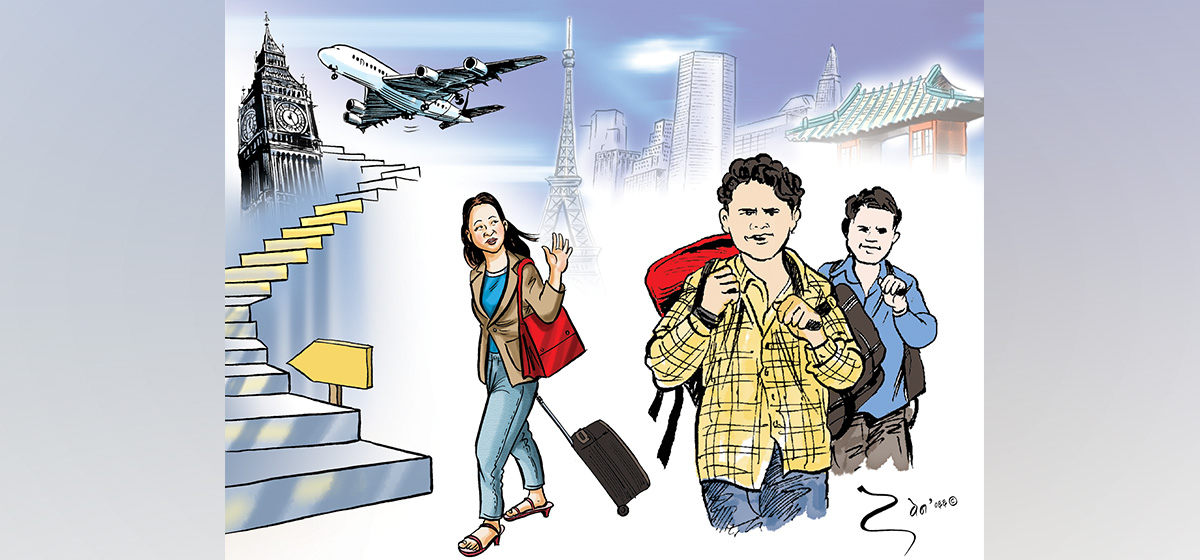


Leave A Comment